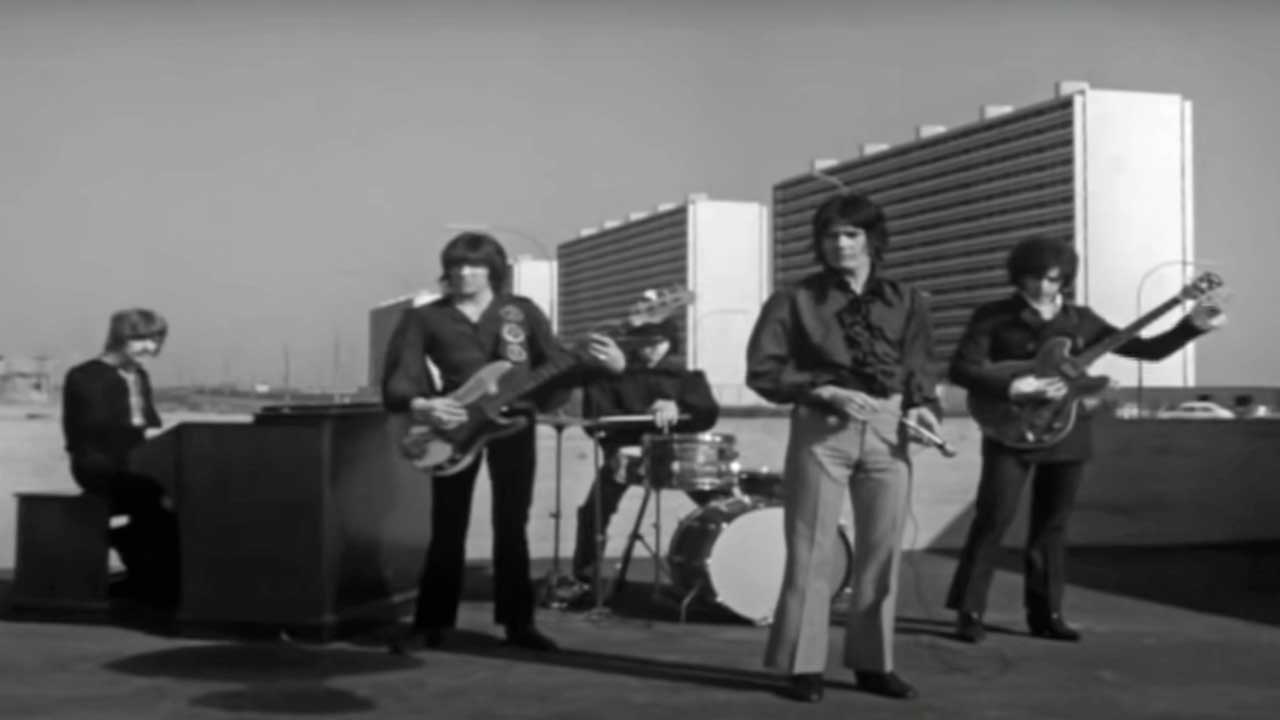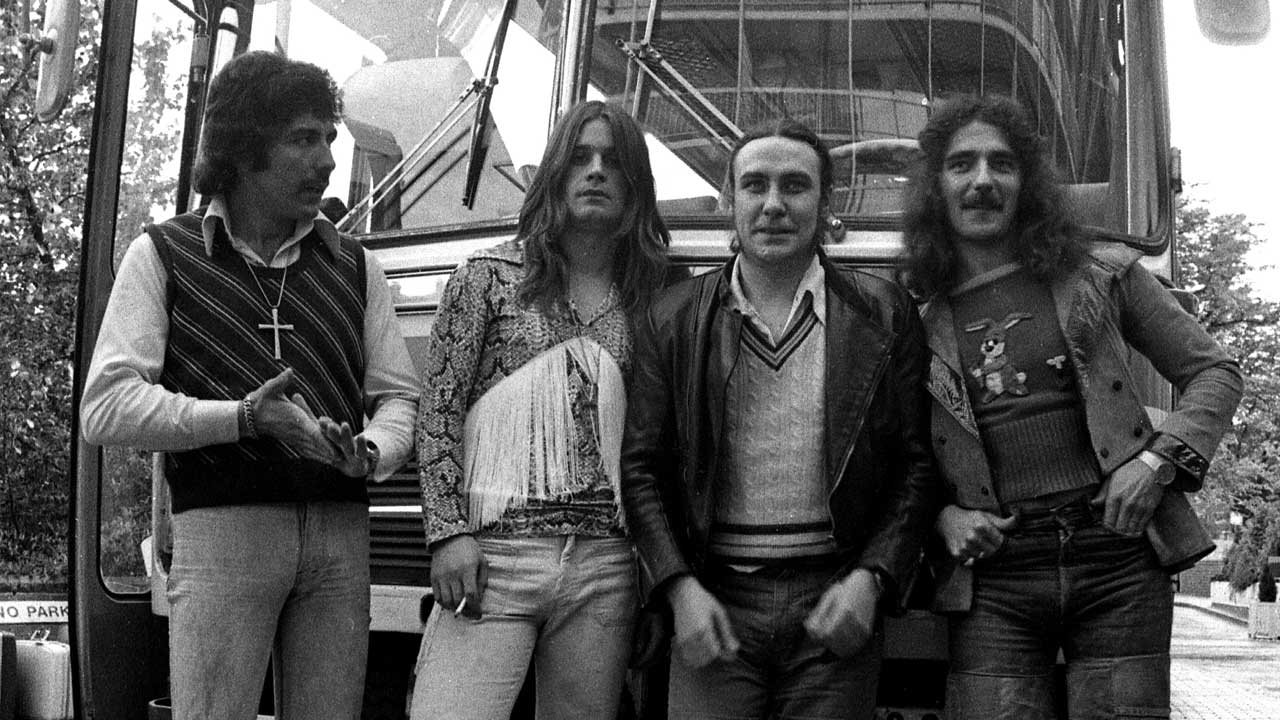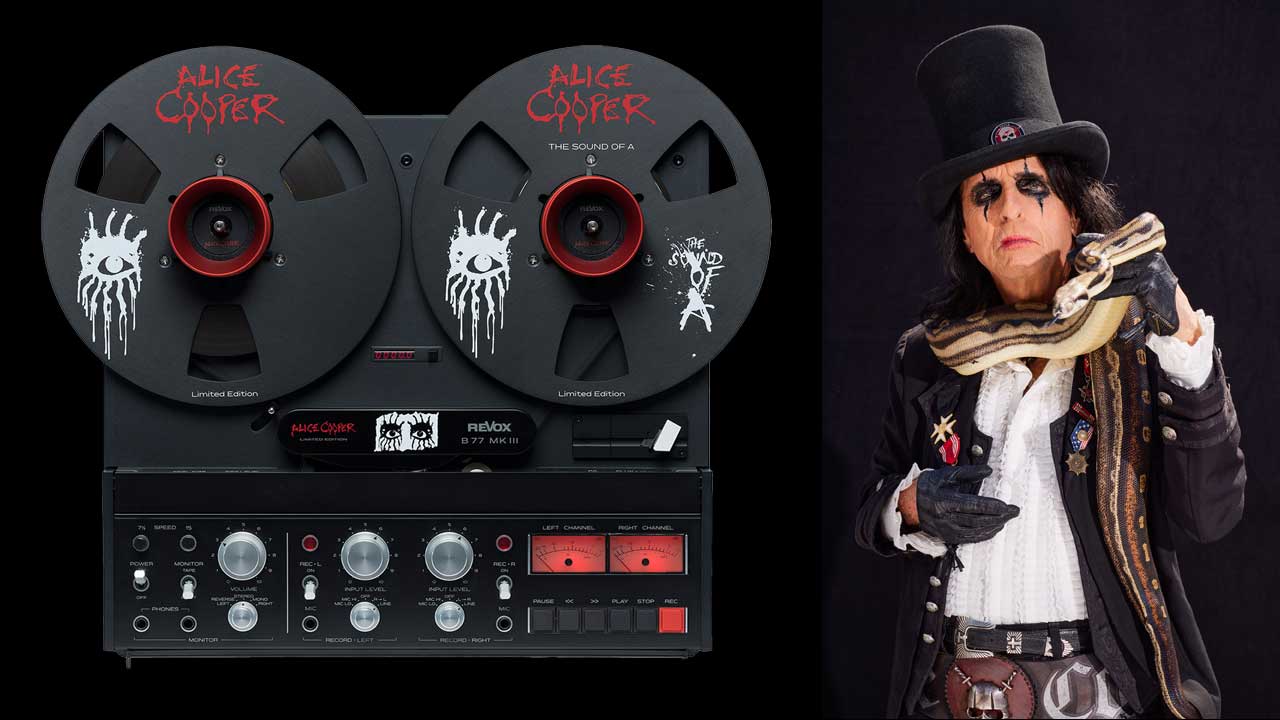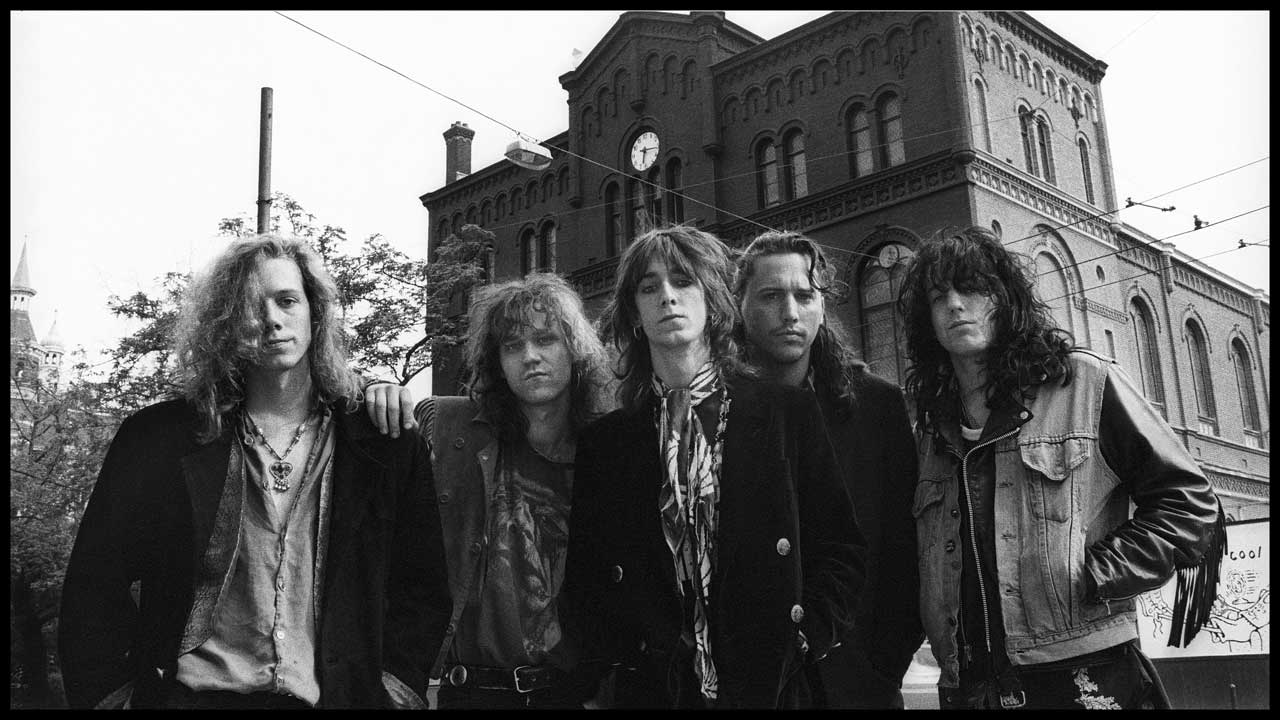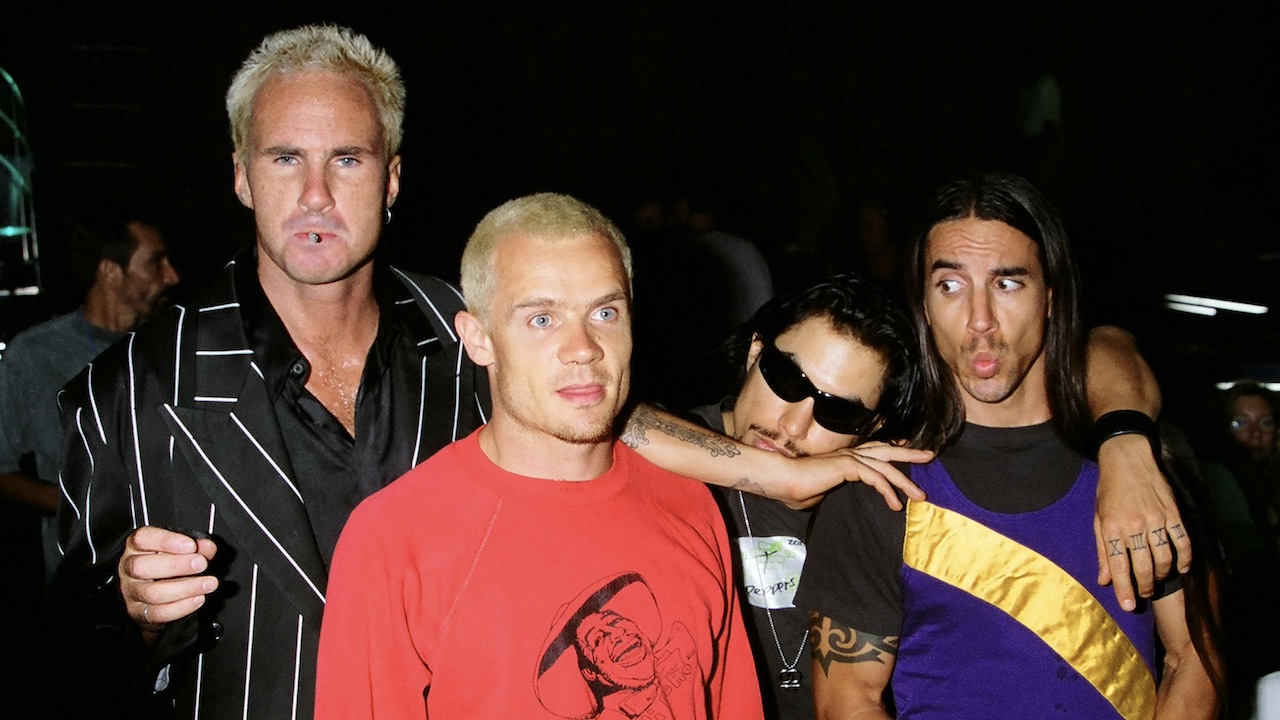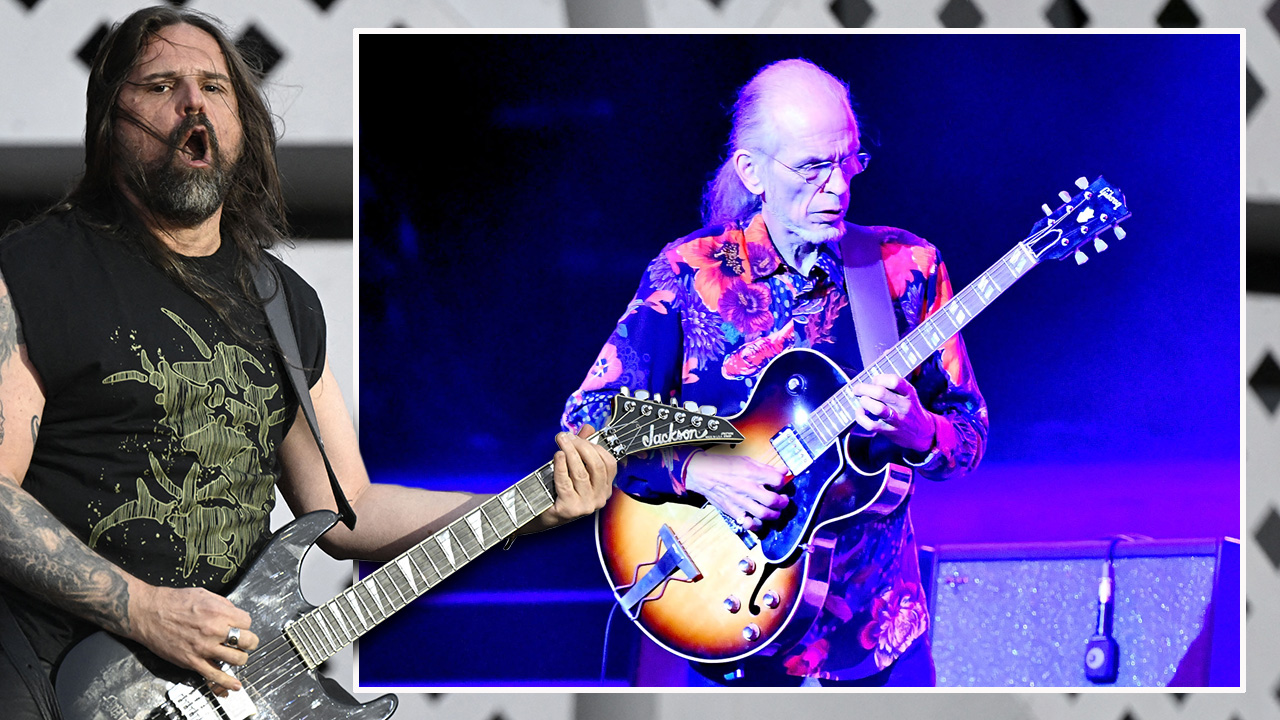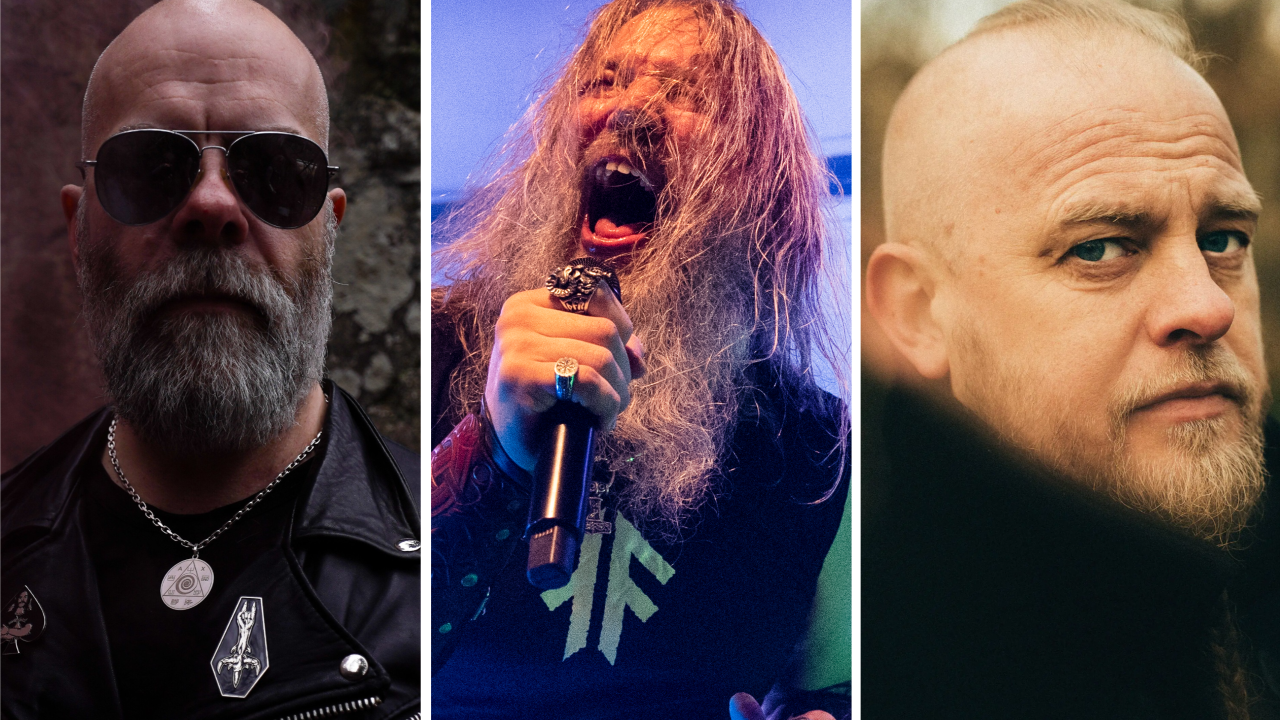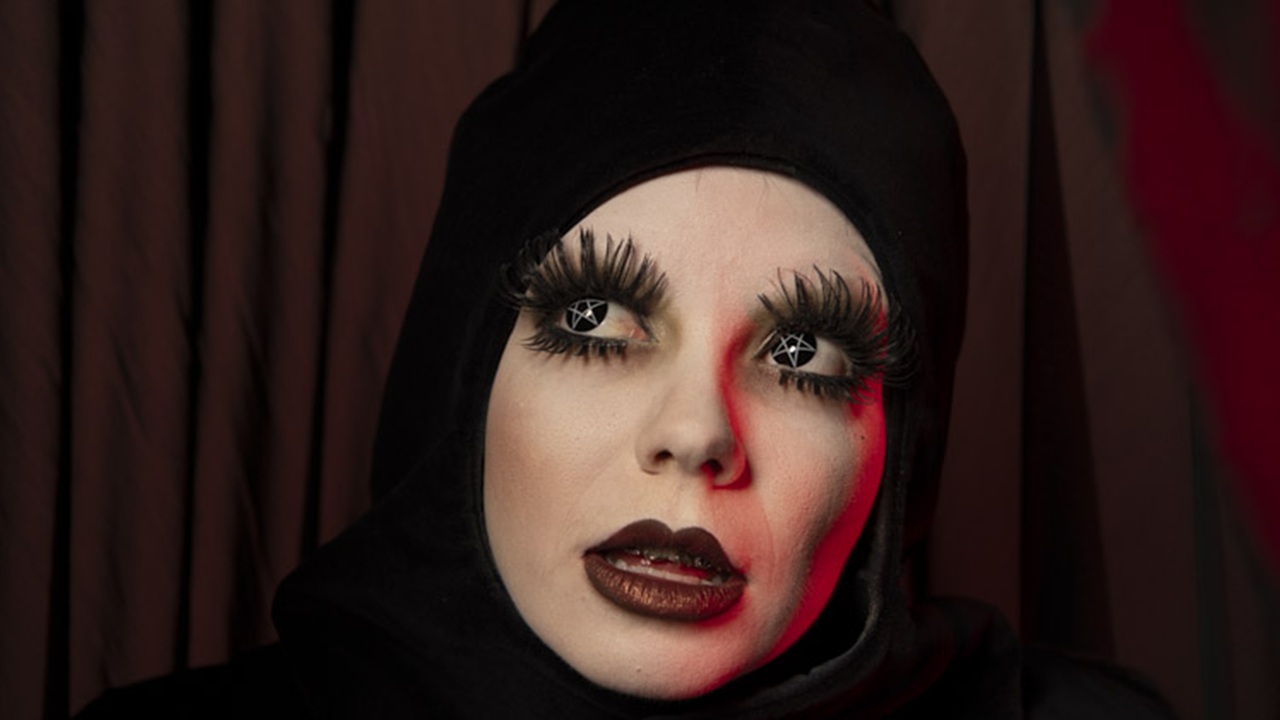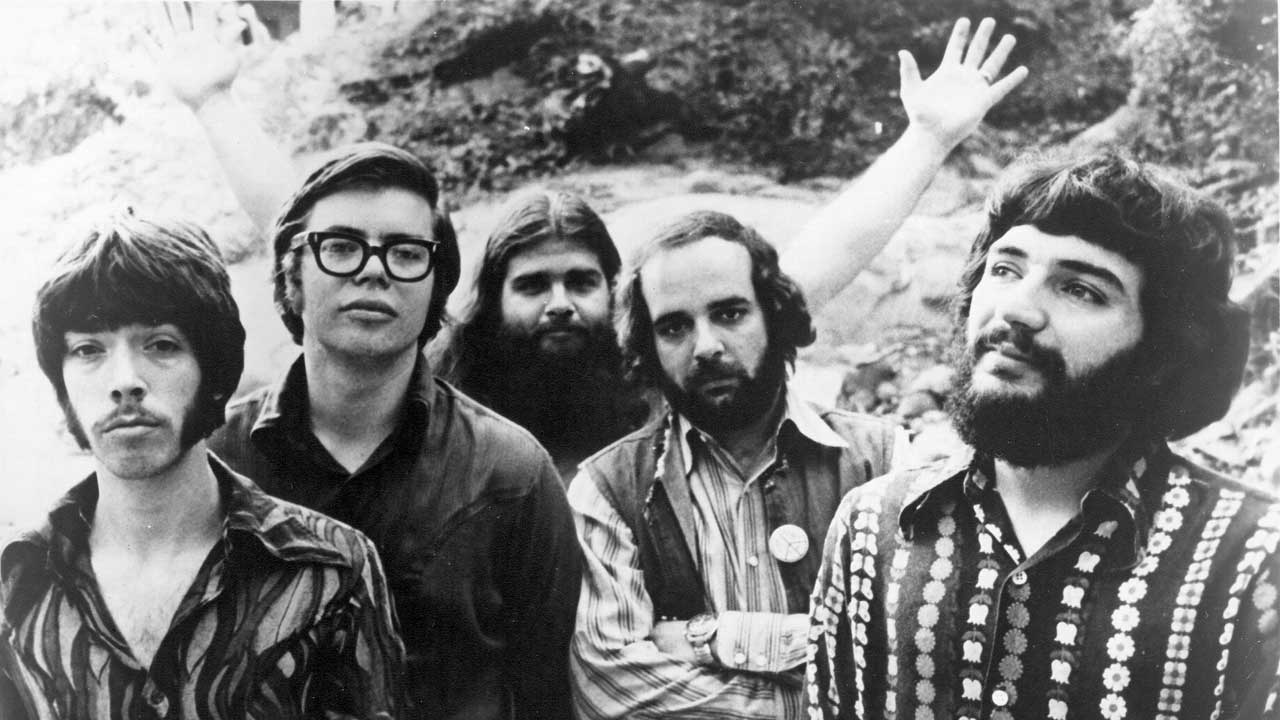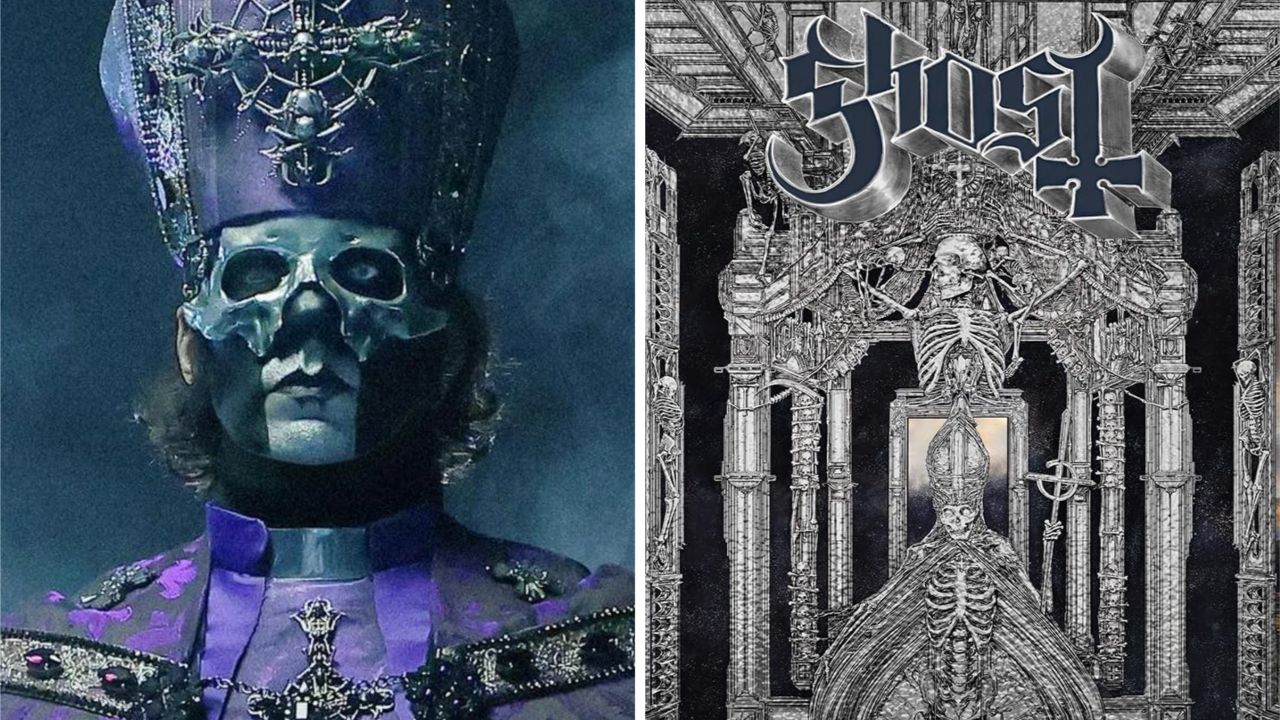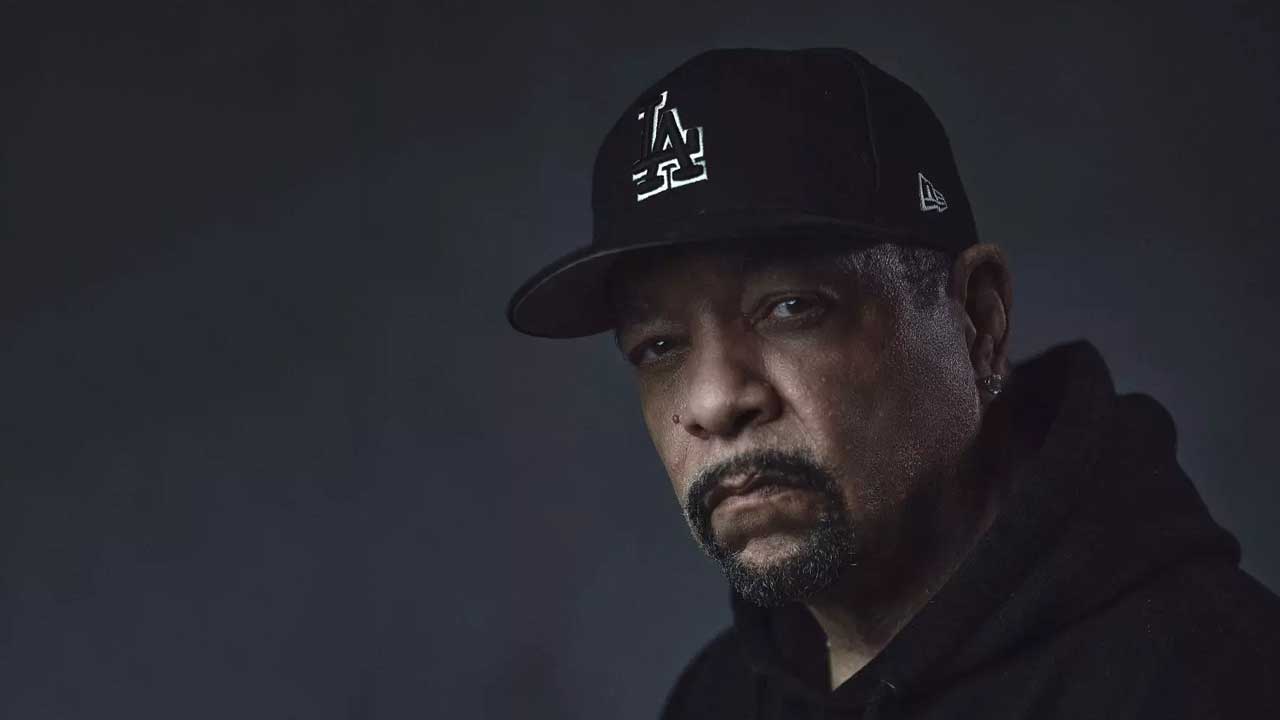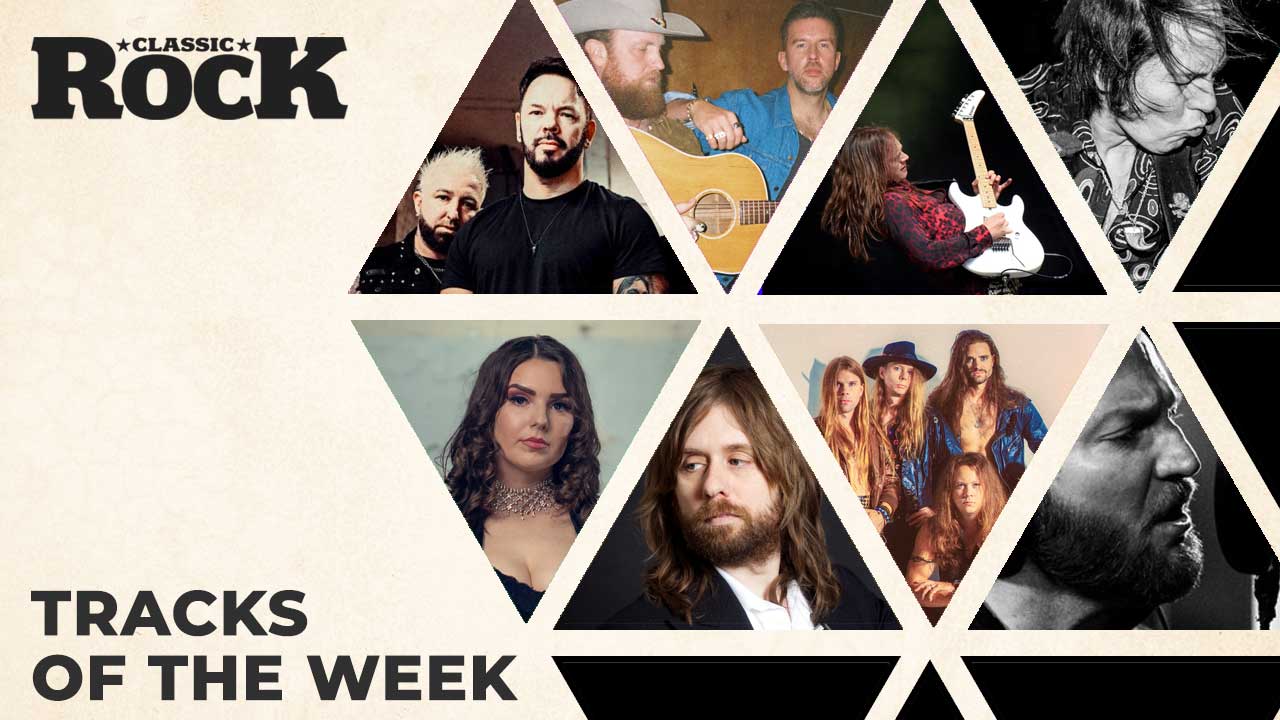Deep Purple’s beginnings can be traced back to 1967, when Searchers drummer Chris Curtis pitched the idea of creating a British rock supergroup. They would be called Roundabout, so named for his far-fetched plan for a small group of musicians to be joined by a revolving cast of other players (a musical ‘roundabout’, geddit?).
With a line-up featuring guitarist Ritchie Blackmore (who'd backed The Searchers a few years earlier in Hamburg), drummer Ian Paice, keyboardist Jon Lord, singer Rod Evans and bassist Nick Simper, Roundabout book a tour in Denmark. Lord had spent the previous summer in the country with his band The Artwoods, and uses his connections to secure the dates.
By the time Roundabout arrive in the country they've actually changed their name to Deep Purple – after a song Blackmore's grandmother used to play on the piano – but the switch is so recent that they're still advertised as Roundabout.
“We went to Denmark because, frankly, we weren’t sure if it was going to be any good,” Paice admitted years later. “If it wasn’t, we didn’t want to expose ourselves like that in the UK.”
On April 20, 1968 the five-piece play their debut show at a school called Vestpoppen in Taastrup, just outside Copenhagen. The setlist consists of original songs that eventually appear on their debut album, plus covers of Joe South's Hush, The Leaves' Hey Joe, and Help! by The Beatles. They follow this with two more performances at the Nimb Hotel in Copenhagen, and then, on April 27, the band find themselves in a parking lot at Høje Gladsaxe, an enormous housing development built on the outskirts of the city, ready to film their first ever TV slot, for the music show Toppop.
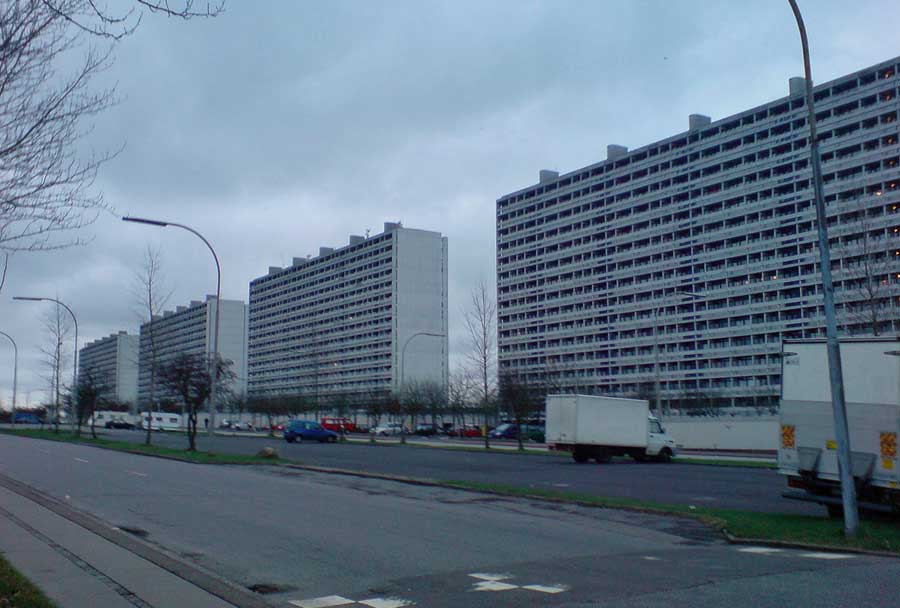
Quite why this location was chosen by Danish broadcaster is lost to the passing of time, but local pride probably played a part: with construction completed just two years earlier, Høje Gladsaxe was a modern, self-contained community, with a church, a school, a library, and medical and shopping facilities all contained within a series of high- and low-rise blocks. Blocks that certainly made an interesting backdrop for the shoot.
The band – decked out in the flamboyantly frilly shirts popular amongst musicians of the era – play Help!, bringing a surprising degree of solemnity to the song. While the Beatles' original may have been anguished, it was dressed up in typical mop-top effervescence, and Purple's cover is almost funereal by comparison. There's more than a touch of Vanilla Fudge in the performance, with hints of psychedelia and early signs of progressive rock.
The TV crew also film an interview with Lord, in which he explains Deep Purple's ambitions. "Music is going a strange way at the moment with English groups", he says. "It's either one thing or another. We'd like to collect hundreds of different musical ideas into our act."
The performance was broadcast on May 4, and two days later the band would play their final advertised show as Roundabout, at the Beat House in Ringsted, 60km west of Copenhagen. The following week, back on home soil after initially failing to get through Danish customs ("The police took us away in the back of a dog van," remembered Paice) the band would enter Pye Studios in London to record their debut album. Help! would be on the tracklist.
On May 18, they'd play at London's University College, officially billed for the first time as Deep Purple. And five months later, Led Zeppelin would play their first ever show in Denmark, as the New Yardbirds, another band with a name change on the near horizon. But that's another story.
